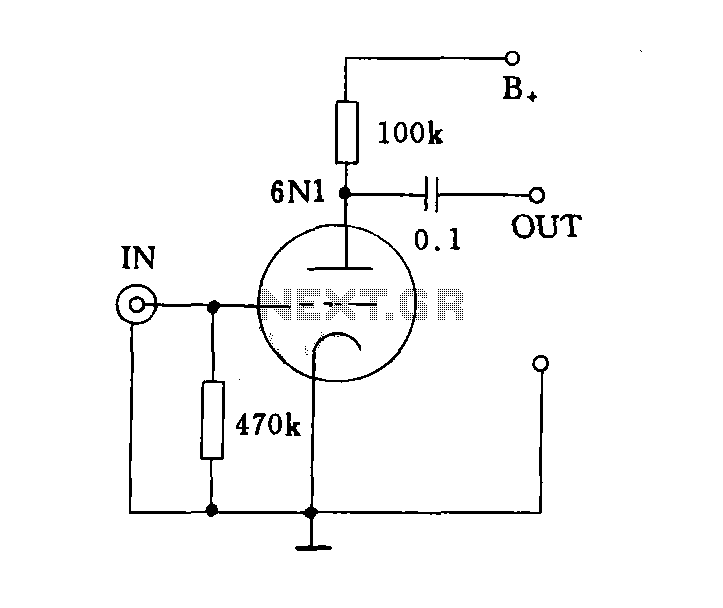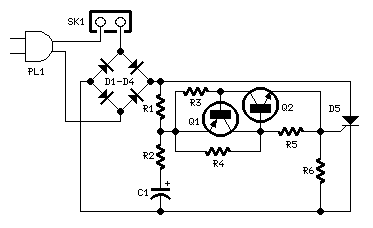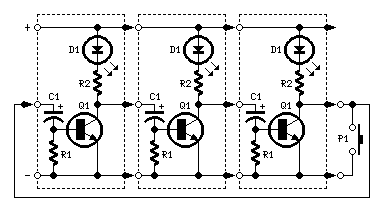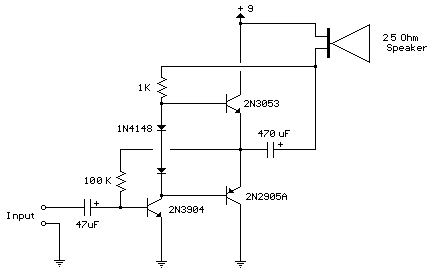
Nodal Analysis of Op Amp Circuits

This application note explains how the transfer function of most operational amplifier circuits can be derived through a straightforward process of nodal analysis.
The transfer function of operational amplifier (op amp) circuits is a critical aspect for understanding their behavior in various applications. Nodal analysis is a systematic method used to determine the voltage at each node in an electrical circuit, which is particularly useful in analyzing linear circuits with multiple components.
In a typical op amp circuit, the transfer function can be derived by applying Kirchhoff's current law (KCL) at the nodes of the circuit. The process begins by identifying the nodes in the circuit, which usually include the input and output terminals of the op amp, as well as any other nodes connected to passive components such as resistors, capacitors, or inductors.
Once the nodes are established, KCL is applied to each node, leading to a set of equations that describe the relationship between the currents flowing into and out of the nodes. For op amp circuits, it is essential to consider the ideal op amp assumptions, which include infinite input impedance, zero output impedance, and infinite open-loop gain. These assumptions simplify the analysis significantly.
By expressing the currents in terms of the node voltages and component values, a system of linear equations can be formed. Solving these equations allows for the derivation of the transfer function, typically expressed as a ratio of the output voltage to the input voltage in the Laplace domain. This transfer function is crucial for predicting the frequency response and stability of the op amp circuit.
In summary, the application of nodal analysis to derive the transfer function of op amp circuits provides a comprehensive understanding of their operational characteristics, enabling engineers to design and optimize circuits for specific applications effectively.This application note explains how the transfer function of most op amp circuits can be derived by a simple process of nodal analysis.. 🔗 External reference
The transfer function of operational amplifier (op amp) circuits is a critical aspect for understanding their behavior in various applications. Nodal analysis is a systematic method used to determine the voltage at each node in an electrical circuit, which is particularly useful in analyzing linear circuits with multiple components.
In a typical op amp circuit, the transfer function can be derived by applying Kirchhoff's current law (KCL) at the nodes of the circuit. The process begins by identifying the nodes in the circuit, which usually include the input and output terminals of the op amp, as well as any other nodes connected to passive components such as resistors, capacitors, or inductors.
Once the nodes are established, KCL is applied to each node, leading to a set of equations that describe the relationship between the currents flowing into and out of the nodes. For op amp circuits, it is essential to consider the ideal op amp assumptions, which include infinite input impedance, zero output impedance, and infinite open-loop gain. These assumptions simplify the analysis significantly.
By expressing the currents in terms of the node voltages and component values, a system of linear equations can be formed. Solving these equations allows for the derivation of the transfer function, typically expressed as a ratio of the output voltage to the input voltage in the Laplace domain. This transfer function is crucial for predicting the frequency response and stability of the op amp circuit.
In summary, the application of nodal analysis to derive the transfer function of op amp circuits provides a comprehensive understanding of their operational characteristics, enabling engineers to design and optimize circuits for specific applications effectively.This application note explains how the transfer function of most op amp circuits can be derived by a simple process of nodal analysis.. 🔗 External reference





